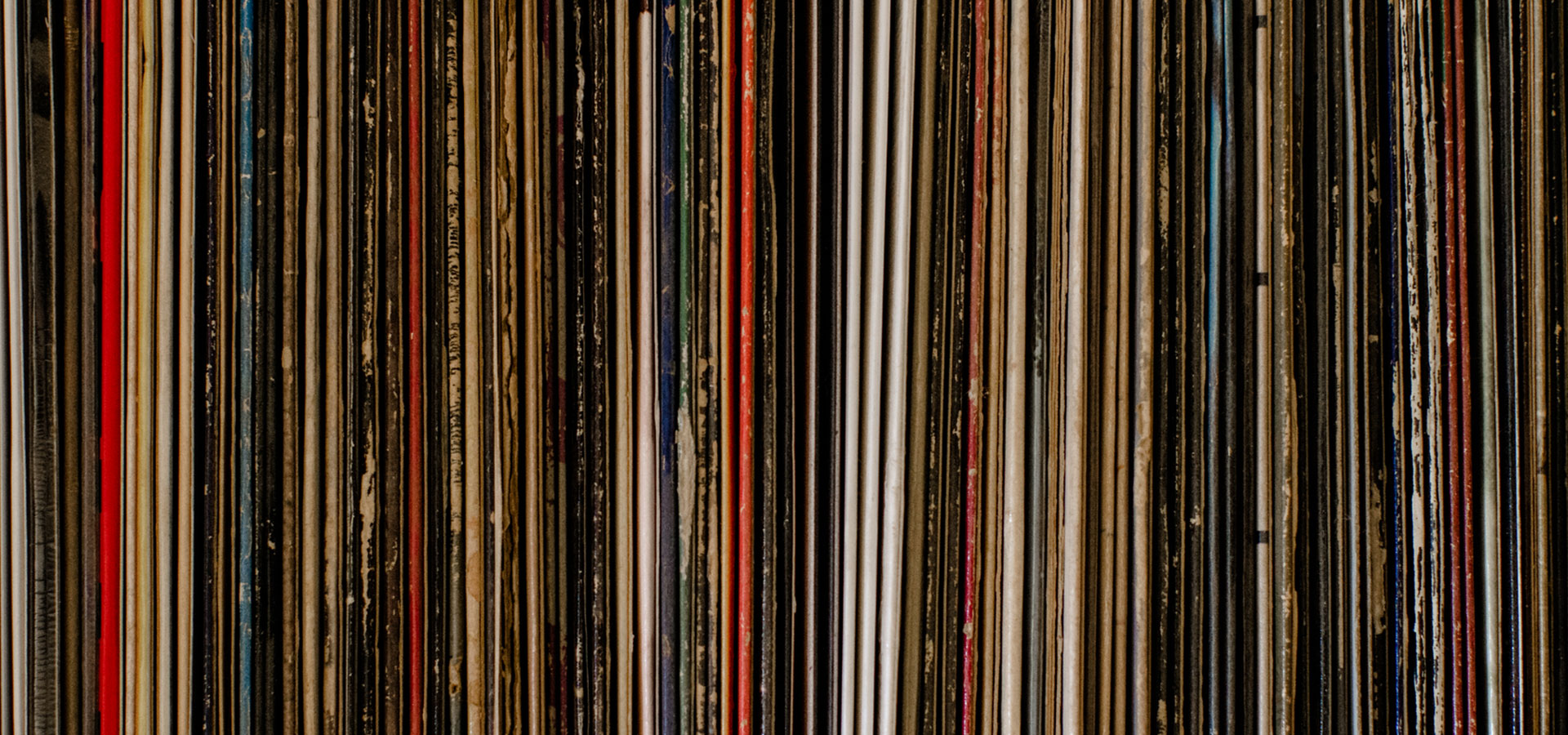
Timeless Ingredients For Breakthrough Innovation: Escapism And Rebellion

Just look at the ‘70s. In the first half of that decade, and while the fuel crisis raged and bombs exploded in Vietnam, Uruguay and Northern Ireland, a large portion of Western youth hid its collective head deep in the escapist worlds of Ziggy Stardust, Alice Cooper, Love Story and Young Frankenstein. For many, the problems of the early ‘70s were remote and unconnected to their daily lives.
By the second half of the decade, social and economic decay reached a point where it directly affected everyone through gas prices, strikes and more. Soon, voices emerged from the street, spawning the punk movement. All of a sudden, music and youth culture mattered. They were no longer predominantly about aesthetics—pop culture became a medium to, at least in theory, carry a meaningful message. It had real purpose which opened the door for artistic experimentation and expression like we had never seen before. It inspired fans and helped to shape their own beliefs and actions. Being bold and leveraging social platforms through the arts mattered, for artists and for fans.
But soon the cracks began to appear. The next generation was already emerging. Apathy slowly crept back as the currency of culture, just as it had done a decade earlier when it was realized that the utopia envisioned at Woodstock and in Haight Ashbury would never materialize. Pop culture once again had little substance.

By the time punk morphed into the commercial new wave at the start of the 1980s, people had forgotten that music and fashion could actually matter in the world. The MTV age was even more aesthetically-driven and certainly more insincere and materialistic than even the early ‘70s. Nothing was real. Everything was synthetic, from electric drums in music to 1the lead characters in most movies. There was certainly little humility or authenticity.
The end of the decade brought us hip-hop, another credible force in culture through which to communicate. It spilled into the ‘90s alongside grunge, before again collapsing into the age of the manufactured boy bands.
And here we are at the dawn of a new decade, and a challenging one at that. The cycle is repeating yet again. We are surrounded by branded artists with bold visual and escapist aesthetics like Lady Gaga, Black Eyed Peas and Ke$ha with little substance, albeit an occasional catchy riff or rhyme. So will we see a change in the values and delivery of artist or entertainment brands as the current decade progresses? Will there be a punk movement, a nu-grunge trend or a new politically or socially motivated pop culture landscape? Or is the cycle now broken due to the new models of DIY content generation, distribution and consumption?
I think not. We are in the deepest recession since the ‘30s, facing huge unemployment levels, waging unnecessary wars, looking at an unprecedented environmental crisis, fighting global poverty and much more. And, we are starting to experience all of these challenges personally. So it won’t be long before the cycle once again moves culture into a rallying cry for action. Ke$ha will be forgotten within a couple of years and the spirit of Joe Strummer will be back for the good of us all. And this time, especially through the powers of technology, popular youth culture has the opportunity to make real changes.


Uncommon Person: Chad Hutson

Our Internal Learning & Impact at Bulldog Drummond

The One Decision by Employers in 2021 that Means Everything

What I Wish I Knew

Standing Up Inside

Uncommon Person: Gregg Imamoto

Five Things Every Company Should Know about ESG

Redefining Value

Uncommon Person: Chris Baréz-Brown

It’s Time For A Whole Lotta Common Good

Did You Choose Humanity?

Uncommon Partnership: Violux

Here’s How

Uncommon Person: Santhosh Nair

Designing Strategy For A Complex World

Responsibility & Relevance for Brands

